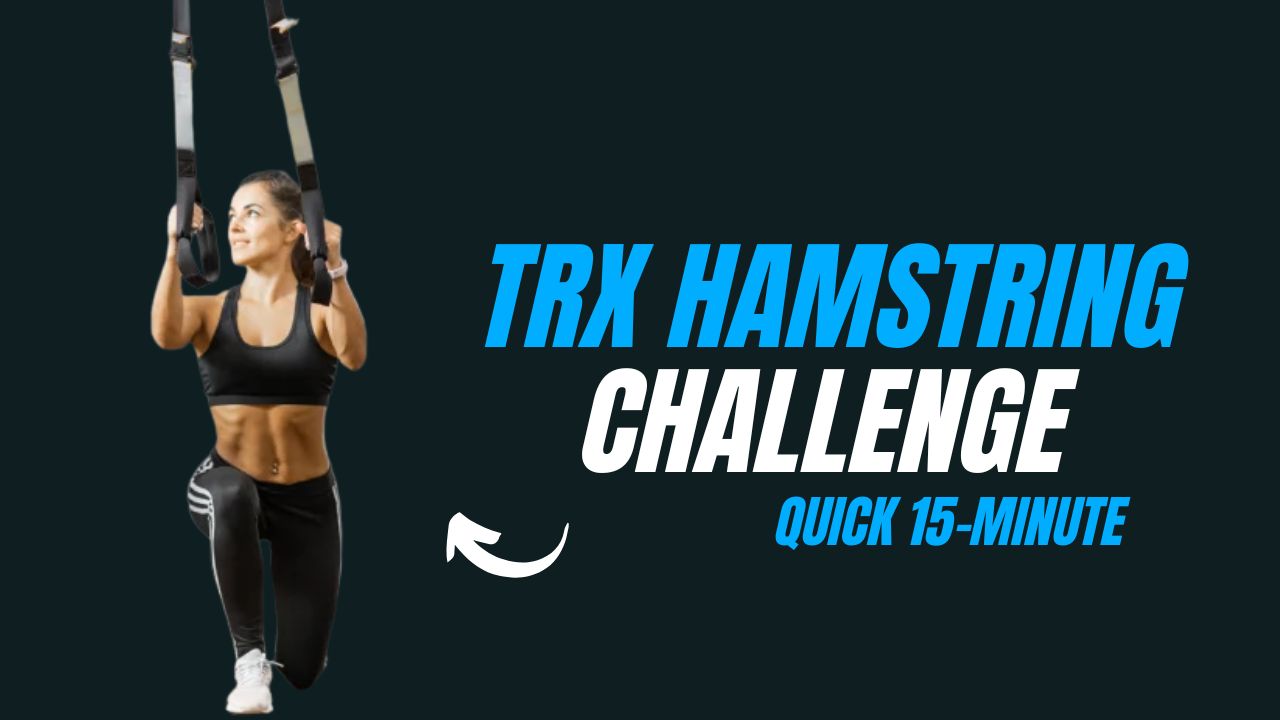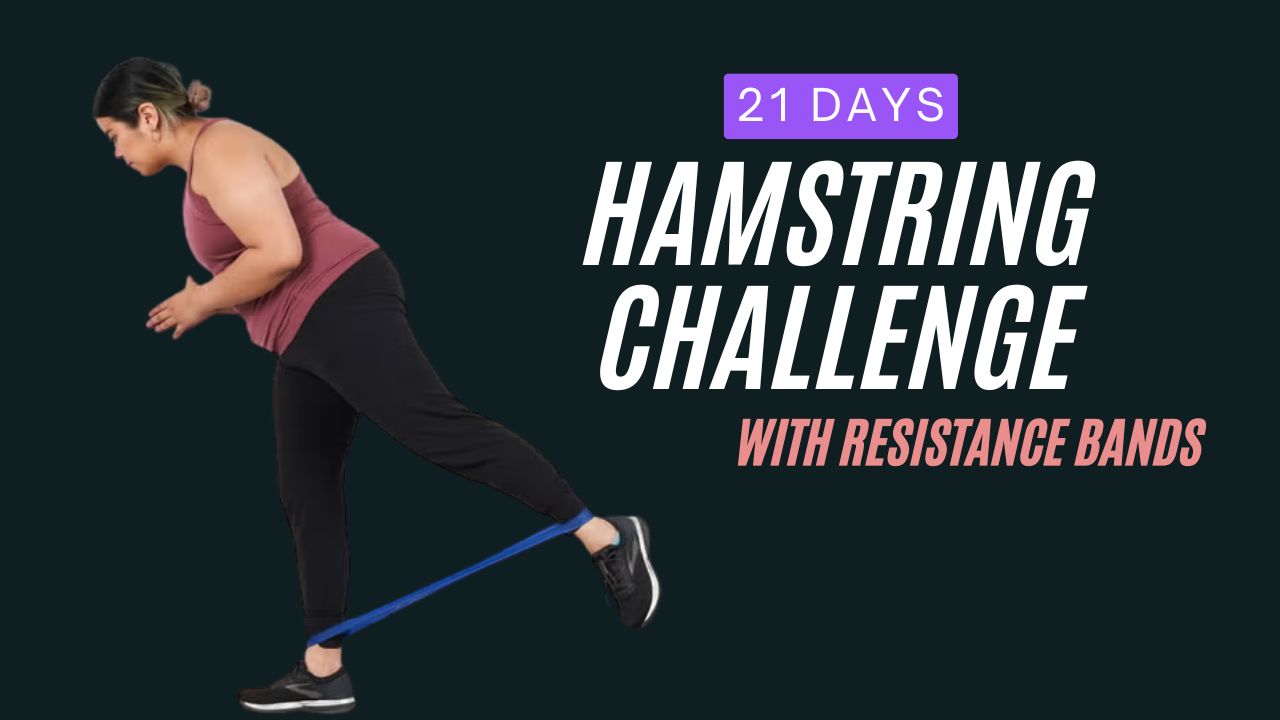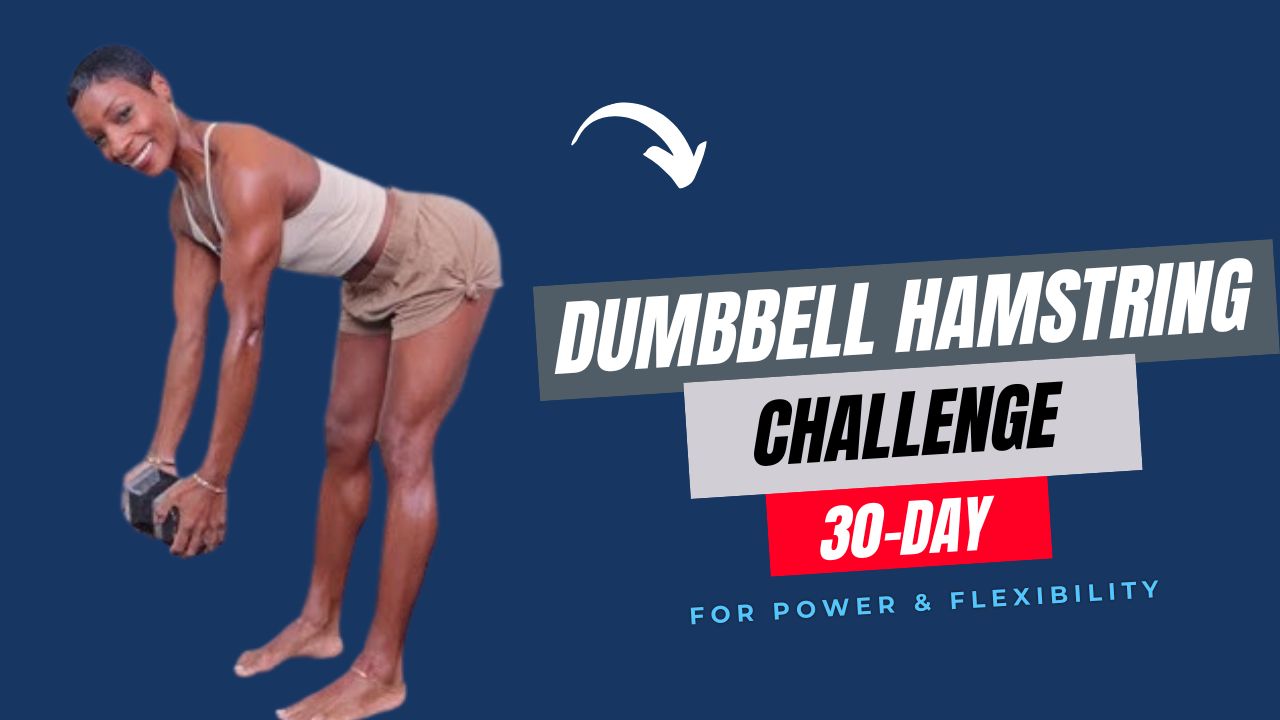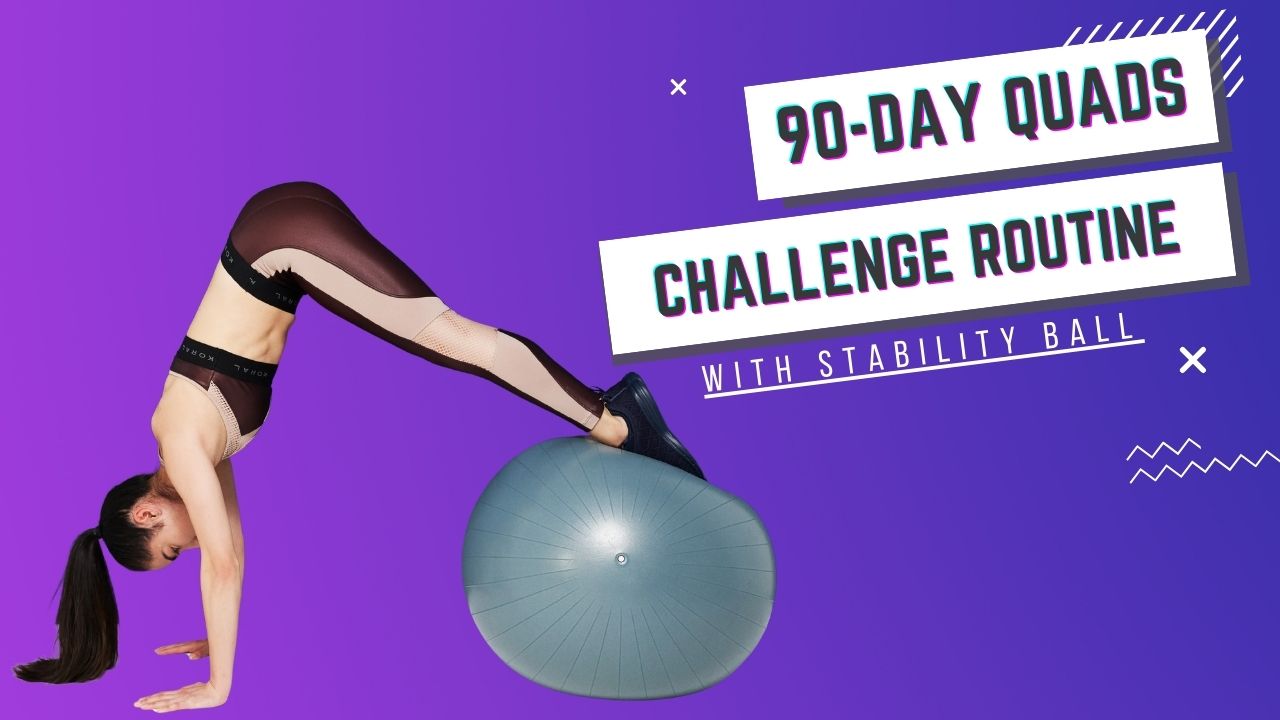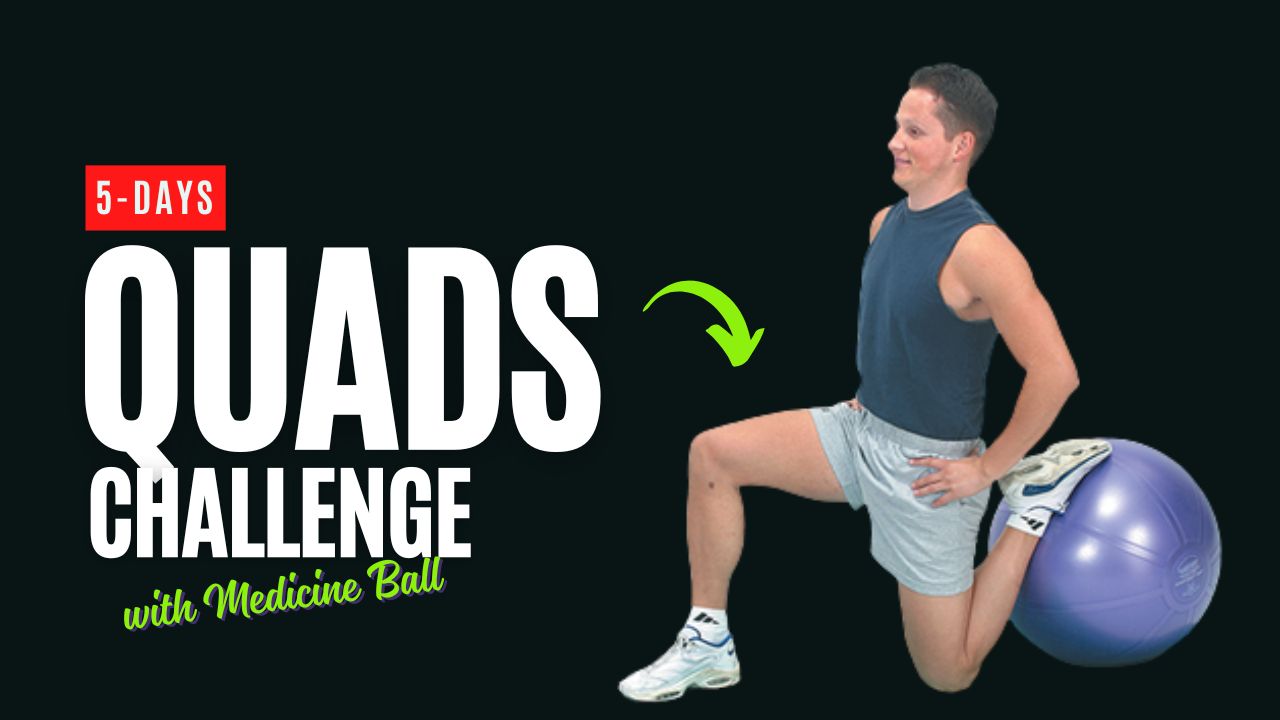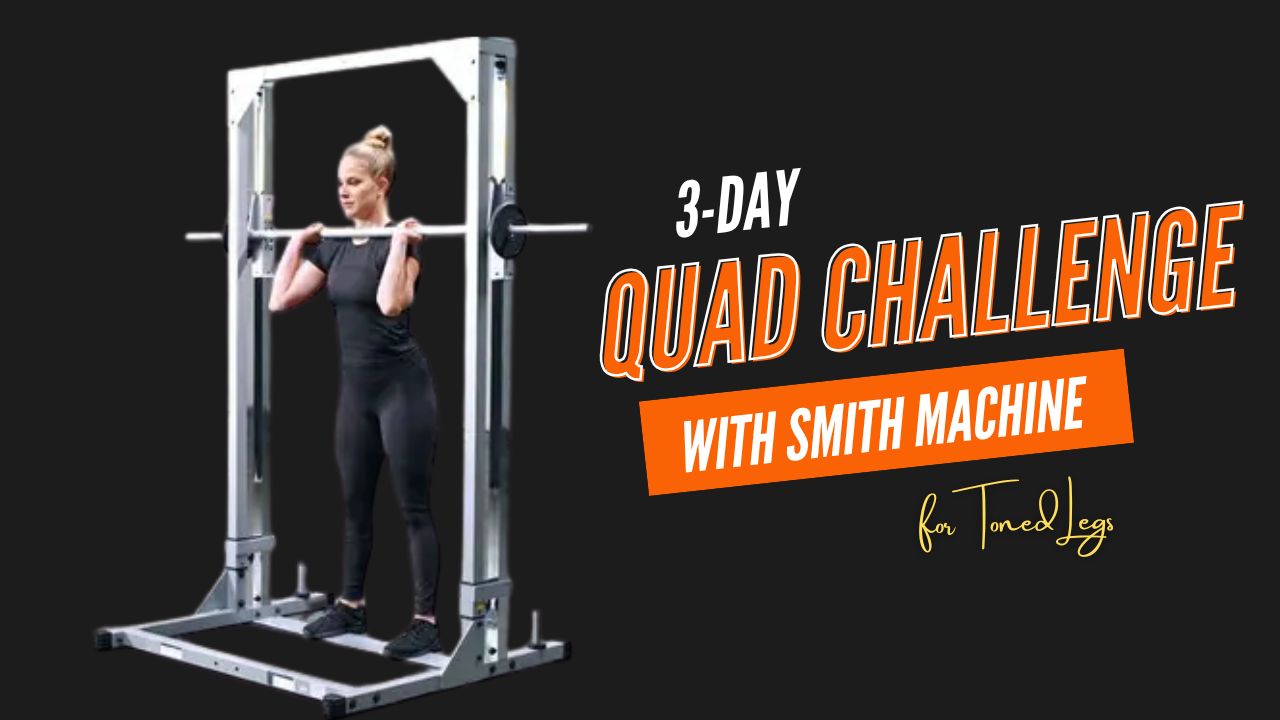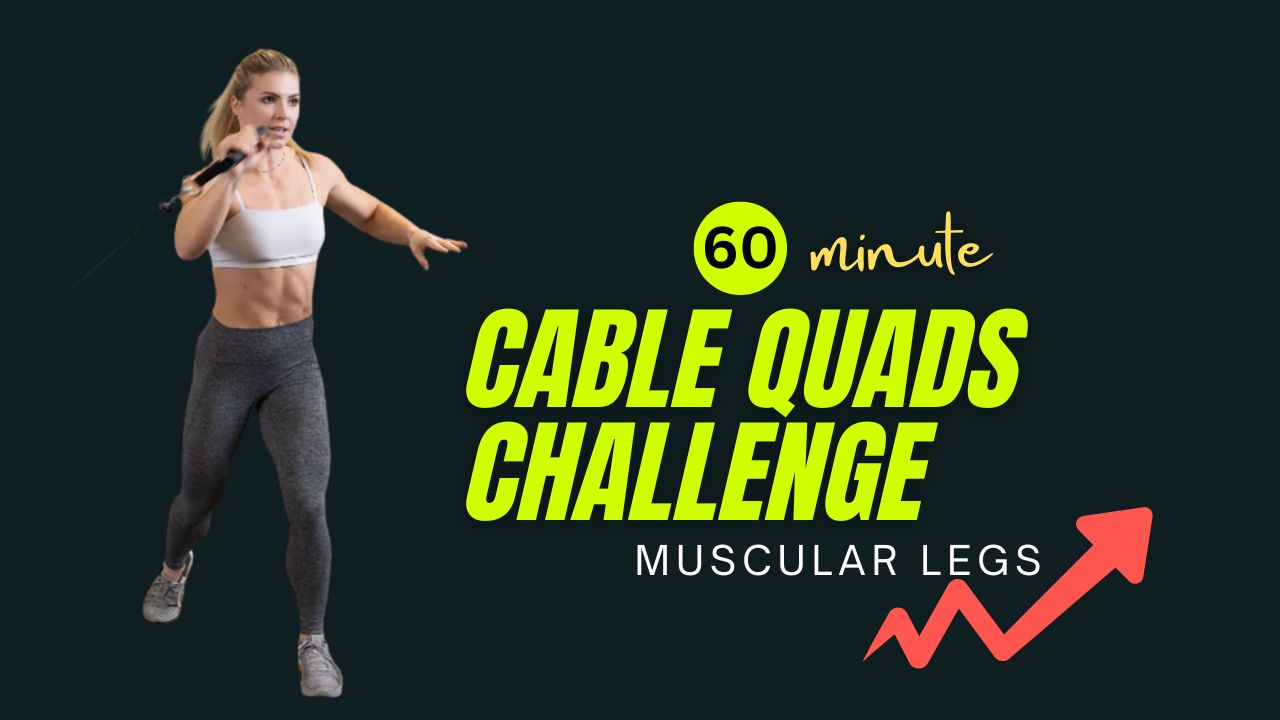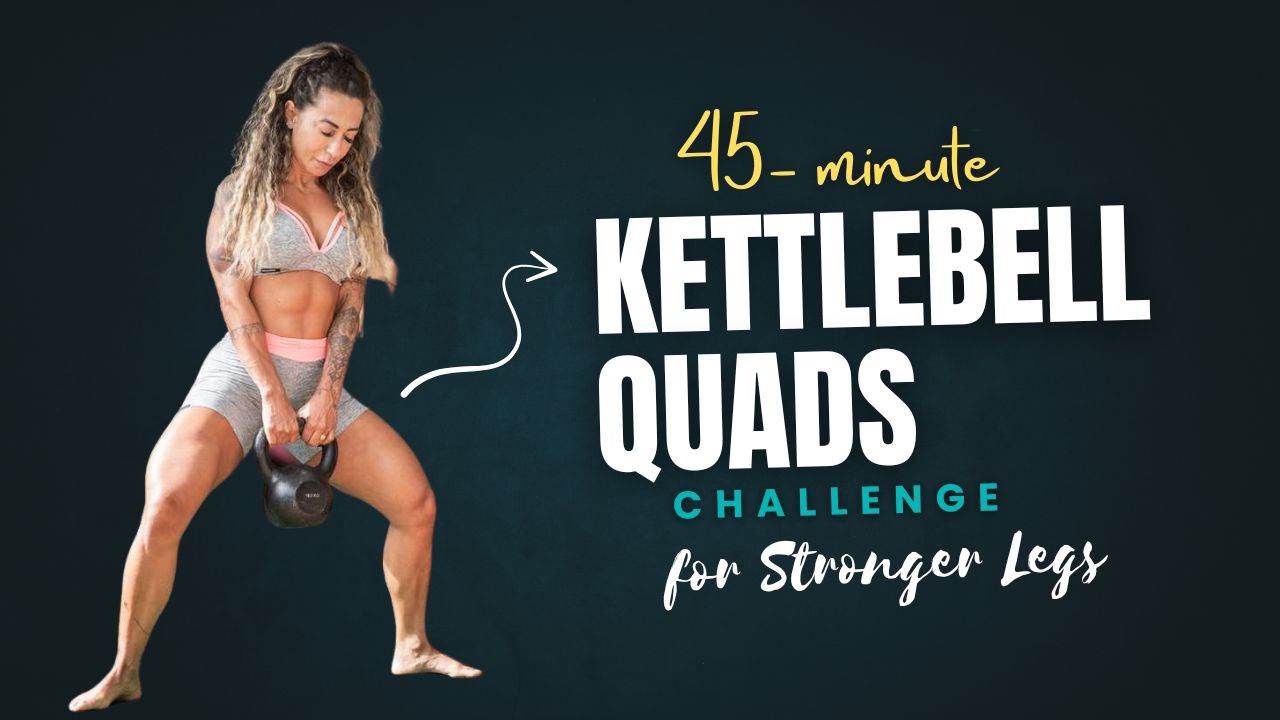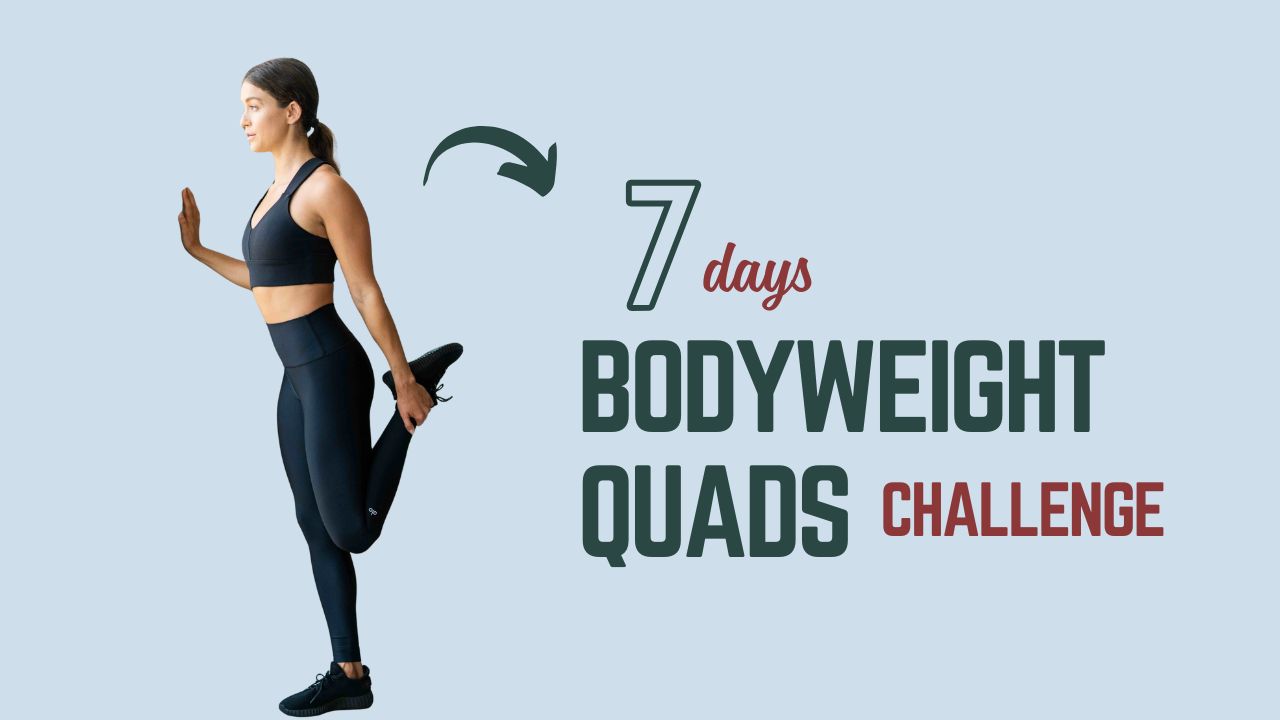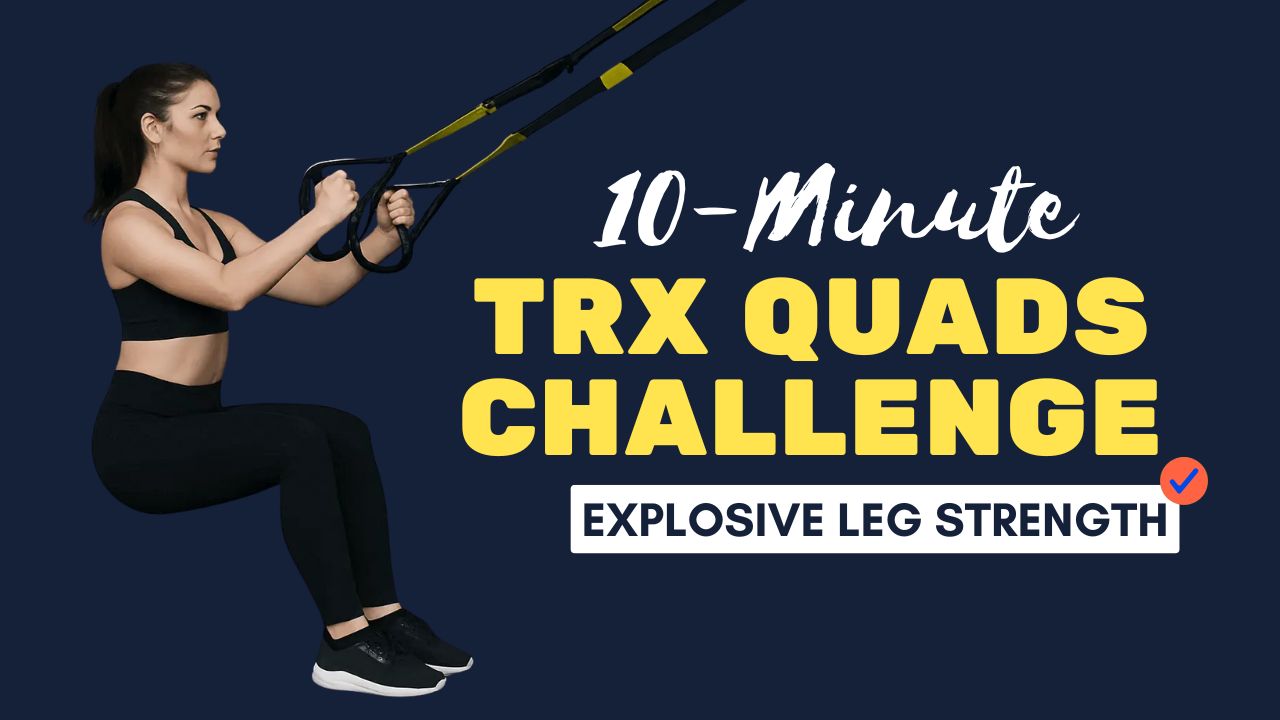Do you know that your glutes are the largest and most powerful muscle group in your body? Yet, they’re also among the most undertrained due to long hours of sitting and improper workout techniques.
Many believe squats alone can give them a rounder, stronger booty, but that’s only a myth. The truth is—glute development requires targeted activation, progressive overload, and smart training techniques.
Enter the kettlebell—a compact, versatile piece of equipment that can transform your lower body in just 10 minutes a day.
Unlike machines or bodyweight-only routines, kettlebells engage multiple muscle fibers, improve balance, and challenge your core while building a firmer, rounder backside.
This 10-minute kettlebell glute routine is perfect if you want results without spending hours at the gym. It’s short, effective, and scientifically backed to fire up your glutes. Let’s dive into the exercises, the right way to perform them, and a structured workout challenge you can follow.
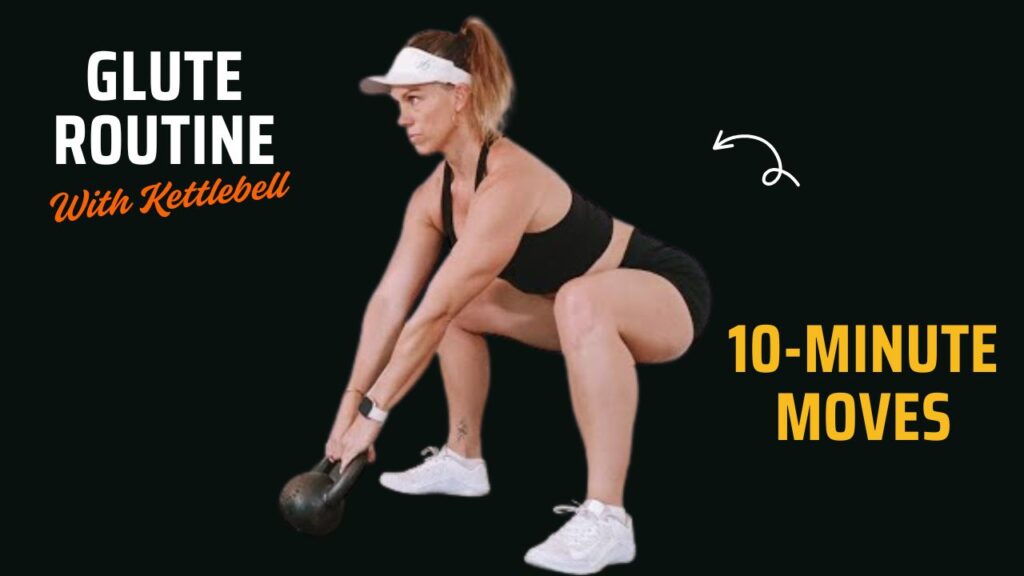
Table of Contents
Why Train Glutes With Kettlebells?
Before we get into the exercises, let’s clear up a few misconceptions:
- Myth 1: Squats are enough for glutes.
Fact: While squats engage your glutes, they primarily target quads. For full glute development, you need exercises like hip thrusts, deadlifts, and swings. - Myth 2: Cardio will lift your booty.
Fact: Cardio burns calories but does little to strengthen or shape glute muscles. Resistance training is essential. - Myth 3: You need heavy weights to build glutes.
Fact: Even moderate kettlebell training can trigger hypertrophy and glute growth when done with proper form and consistency.
Kettlebells offer the perfect mix of strength training and dynamic movement, making them ideal for glute activation.
What Can Happen After 30 Days of This Kettlebell Glute Routine
| Positive Changes | Why It Happens |
|---|---|
| Noticeable glute activation and firmness | Consistent resistance training wakes up dormant glute muscles and builds strength. |
| Improved posture and reduced lower back strain | Stronger glutes support the pelvis and spine, easing pressure on the lower back. |
| Increased strength and stability in daily movements | Exercises like deadlifts and step-ups enhance functional strength for walking, climbing stairs, and lifting. |
| Better balance and core engagement | Kettlebell training challenges stabilizing muscles, improving overall body control. |
| Higher calorie burn and fat reduction in lower body | Compound kettlebell moves engage multiple muscles, increasing energy expenditure. |
| Visible lift and roundness of the glutes | Progressive overload builds muscle size and shape over time. |
| Boosted workout confidence and endurance | Regular training develops consistency and resilience, making you feel stronger and more capable. |
Do’s and Don’ts for Kettlebell Glute Training
| Do’s | Don’ts |
|---|---|
| Warm up before starting to activate your glutes and prevent injury. | Don’t skip warm-up or stretch, as cold muscles are prone to strain. |
| Focus on proper form and controlled movement in every rep. | Don’t rush through exercises or use momentum instead of muscle engagement. |
| Start with a moderate kettlebell weight and progress gradually. | Don’t jump into heavy weights without mastering technique. |
| Engage your core to protect your lower back during each movement. | Don’t let your back round or arch excessively. |
| Perform the workout 3–4 times per week for consistent results. | Don’t overtrain your glutes every day without rest or recovery. |
| Squeeze your glutes at the top of hip thrusts and bridges for maximum activation. | Don’t just go through the motions without contracting the muscles. |
| Combine this routine with good nutrition and hydration. | Don’t rely on workouts alone while ignoring diet and recovery. |
| Track your progress—note reps, sets, and weight used weekly. | Don’t stick to the same weight and reps forever without progression. |
The 10-Minute Kettlebell Glute Routine
1. Kettlebell Deadlift
Muscles Worked: Gluteus maximus, hamstrings, lower back.
Why It Works: Deadlifts are the foundation of glute strength. The kettlebell variation makes it beginner-friendly while still targeting the posterior chain.
How to Do It:
- Place the kettlebell on the floor between your feet.
- Stand with feet shoulder-width apart, toes pointing slightly out.
- Hinge at your hips, keeping your back flat, and grip the kettlebell handle with both hands.
- Engage your glutes and drive through your heels to stand upright.
- Slowly lower the kettlebell back down with control.
Form Tip: Keep your chest lifted and avoid rounding your back.
2. Kettlebell Swing
Muscles Worked: Glutes, hamstrings, core, hip flexors.
Why It Works: Swings are explosive and dynamic, teaching your glutes to fire quickly. They also improve cardiovascular fitness.
How to Do It:
- Place the kettlebell slightly in front of you on the floor.
- Stand with feet hip-width apart, hinge at your hips, and grip the handle.
- Swing the kettlebell back between your legs, keeping your spine neutral.
- Thrust your hips forward explosively to swing the kettlebell up to chest level.
- Allow it to fall back naturally, hinging again at the hips.
Form Tip: The power should come from your hips and glutes, not your arms.
3. Kettlebell Goblet Squat
Muscles Worked: Glutes, quads, core.
Why It Works: Adding a kettlebell to squats increases resistance and forces your core to stabilize, maximizing glute activation.
How to Do It:
- Hold the kettlebell close to your chest by the horns.
- Stand with feet slightly wider than hip-width apart.
- Lower into a squat by pushing your hips back and bending your knees.
- Keep your chest lifted and elbows inside your knees.
- Drive through your heels to return to standing.
Form Tip: Imagine sitting into a chair to keep proper depth.
4. Kettlebell Glute Bridge
Muscles Worked: Glutes, hamstrings, lower back.
Why It Works: One of the best isolation exercises for glutes. Adding a kettlebell across your hips increases resistance.
How to Do It:
- Lie on your back with knees bent and feet flat on the floor.
- Place a kettlebell on your hips and hold it steady with your hands.
- Press through your heels, lifting your hips toward the ceiling.
- Squeeze your glutes at the top for 2–3 seconds.
- Slowly lower your hips back down.
Form Tip: Do not arch your lower back—focus on glute contraction.
5. Kettlebell Step-Ups
Muscles Worked: Glutes, quads, calves.
Why It Works: This unilateral exercise prevents muscle imbalances and builds functional strength.
How to Do It:
- Hold a kettlebell in each hand by your sides.
- Stand in front of a bench or sturdy box.
- Step one foot onto the bench, pressing through the heel to lift your body up.
- Bring the other leg up, then step down with control.
- Alternate legs for each rep.
Form Tip: Keep your torso upright and avoid pushing off the back leg.
6. Kettlebell Bulgarian Split Squat
Muscles Worked: Glutes, quads, hamstrings, calves.
Why It Works: This challenging move stretches and strengthens your glutes through a deeper range of motion.
How to Do It:
- Stand a few feet in front of a bench.
- Hold a kettlebell in each hand by your sides.
- Place one foot behind you on the bench.
- Lower your back knee toward the ground, keeping your front shin vertical.
- Press through the front heel to return to standing.
Form Tip: Focus on driving up through the glute of the front leg.
7. Kettlebell Hip Thrust
Muscles Worked: Gluteus maximus, hamstrings, core.
Why It Works: Considered the king of glute-building exercises, hip thrusts isolate and fully activate the glutes.
How to Do It:
- Sit with your upper back against a bench.
- Roll a kettlebell onto your hips.
- Plant your feet firmly on the ground, shoulder-width apart.
- Drive through your heels and lift your hips until they align with your shoulders and knees.
- Squeeze glutes at the top, then lower slowly.
Form Tip: Keep your chin tucked to maintain a neutral spine.
The 10-Minute Glute Challenge Routine
Here’s a structured plan you can follow. Perform each exercise for the recommended duration or reps. Complete in a circuit format with minimal rest between moves. Repeat the circuit twice for a 10-minute workout.
| Exercise | Time/Reps | Rounds | Rest Between |
|---|---|---|---|
| Kettlebell Deadlift | 12–15 reps | 2 | 20 sec |
| Kettlebell Swing | 30 sec | 2 | 20 sec |
| Kettlebell Goblet Squat | 12 reps | 2 | 20 sec |
| Kettlebell Glute Bridge | 12–15 reps (hold 2s) | 2 | 20 sec |
| Kettlebell Step-Ups | 10 reps per leg | 2 | 20 sec |
| Bulgarian Split Squat | 8–10 reps per leg | 2 | 20 sec |
| Kettlebell Hip Thrust | 12–15 reps | 2 | 20 sec |
Pro Tips for Maximum Results
- Start with a moderate kettlebell weight (8–12 kg for beginners) and progress gradually.
- Focus on controlled movements—quality matters more than speed.
- Perform this workout 3–4 times a week for visible results.
- Pair it with a balanced diet rich in protein to support muscle growth.
Conclusion: Stronger Glutes, Stronger You
A rounder, stronger booty isn’t built by chance—it’s built by consistency, smart training, and progressive overload.
This 10-minute kettlebell glute routine gives you a compact yet powerful workout that activates every fiber of your glutes while also improving strength, posture, and overall lower-body function.
The beauty of this program is its simplicity—you don’t need hours in the gym or bulky machines. With just a kettlebell and 10 minutes of your time, you can start reshaping your glutes and building a foundation of strength that benefits your entire body.
Challenge Continuation Idea
If you’ve completed the 10-minute challenge and want to push further, here’s how you can level up:
- Increase Duration: Move from 10 minutes to 15–20 minutes by adding a third circuit round.
- Add Resistance: Gradually increase kettlebell weight to continue challenging your muscles.
- Weekly Progression:
- Week 1–2: Follow the base 10-minute routine.
- Week 3–4: Add one extra set for each exercise.
- Week 5 and beyond: Transition into a 20-minute glute session or pair the routine with upper-body kettlebell training for full-body results.
Consistency is key—stick with the challenge, track your weights and reps, and celebrate the small wins along the way. Over time, you’ll notice not just visual changes but also improved strength, athletic performance, and confidence.
Your glutes are more than just an aesthetic goal—they’re the powerhouse of your body. Train them wisely, and they’ll reward you with strength, stability, and shape.
Frequently Asked Questions (FAQs)
Can I really see results with just a 10-minute kettlebell routine?
Yes. A focused 10-minute kettlebell workout can activate and strengthen your glutes effectively, especially if you perform it consistently 3–4 times per week. While visible results vary, many people notice increased firmness and strength within 4–6 weeks.
What size kettlebell should I start with for glute exercises?
Beginners can start with 8–12 kg (18–26 lbs). As you build strength and confidence, progress to heavier kettlebells (14–20 kg or more) for exercises like swings and hip thrusts.
Do kettlebell workouts build muscle or just tone?
They do both. Kettlebell glute exercises provide resistance to build muscle while also engaging stabilizing muscles, giving you both strength and definition over time.
How often should I do this 10-minute kettlebell glute routine?
For best results, aim for 3–4 times per week, with at least one rest or active recovery day between intense sessions.
Do I need to combine this with other workouts?
Not necessarily. This routine can be a standalone workout, but for balanced fitness, it’s best to also train your upper body, core, and do some form of cardio.
Can I replace squats with kettlebell exercises for glutes?
Squats are excellent but not the only option. Kettlebell exercises like hip thrusts, swings, and deadlifts target the glutes more directly and should complement squats rather than replace them.
How long will it take to see a rounder booty?
It depends on your consistency, nutrition, and starting point. On average, noticeable changes in glute shape and strength can be seen in 6–12 weeks with proper training and diet.
Is this routine suitable for beginners?
Yes. The exercises included are beginner-friendly with proper form. Start with lighter weights, focus on technique, and increase resistance gradually.
Can kettlebell glute training help with posture and back pain?
Absolutely. Strong glutes support the lower back, pelvis, and hips. Strengthening them can improve posture and reduce lower back discomfort caused by weak or inactive glutes.
What if I don’t have a kettlebell?
You can use a dumbbell as a substitute for most exercises, though kettlebells offer a better grip and more natural swing motion.
